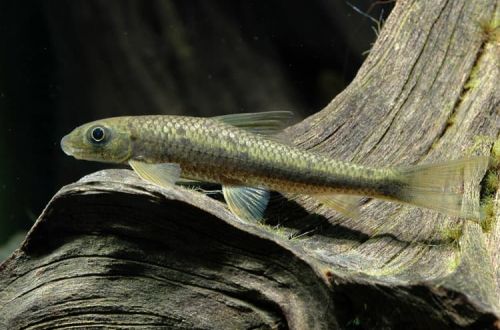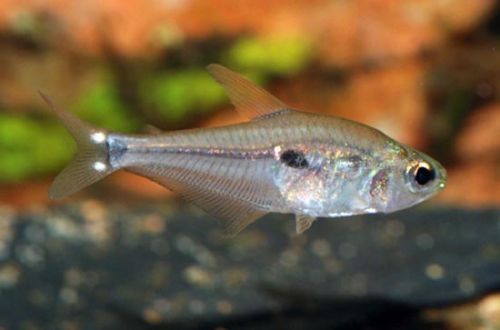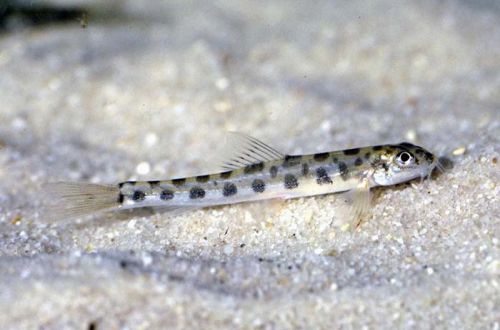
simple algae eater
The common algae eater, scientific name Crossocheilus latius, belongs to the family Cyprinidae (Cyprinidae). It is a close relative of the popular Siamese algae eater. Due to its modest coloration, it can be considered as an inconspicuous, but effective natural way to control algae in an aquarium.

Contents
Habitat
The fish is native to Asia. It occurs in various biotopes, but in the aquarium trade it is mainly supplied from the Tista River basin, a large tributary of the Brahmaputra, originating in the Himalayas and flowing through the Indian state of Sikkim, bordering Bhutan, Tibet and Nepal.
Inhabits fast mountain streams with substrates of boulders, pebbles, gravel and sand. Depending on the time of year, the external environment changes markedly. Water can become cloudy or crystal clear, but cool.
Description
Adults grow up to 14–15 cm. The maximum recorded individual reached 17 cm. Outwardly, it resembles Garru mullia or Garru Rufa. The fish has an unremarkable gray color with short translucent fins.
Behavior and Compatibility
Peaceful friendly fish. Young individuals stay in groups, but as they grow older they prefer a more solitary lifestyle.
Compatible with most popular fish. The simple algae eater will make a good addition to almost any freshwater aquarium.
Brief information:
- The volume of the aquarium – from 150 liters.
- Temperature – 18-24°C
- Value pH — 6.0–8.0
- Water hardness – 3–20 dGH
- Substrate type – rocky, sandy
- Lighting – bright
- Brackish water – no
- Water movement – moderate or strong
- The size of the fish is 14–15 cm.
- Nutrition – any food with a high content of plant components
- Temperament – peaceful
- Content alone or in a group
Maintenance and care, arrangement of the aquarium
The optimal size of the aquarium for a pair of fish starts from 150 liters. In the design, it is recommended to recreate the bottom of a mountain river. The main elements of decoration will be large boulders, pebbles, river sand, natural driftwood from which form places for shelters.
The presence of an internal current is desirable for long-term maintenance. In a turbulent environment and rocky substrates, plants that can grow on the surface of stones and snags look most preferable. It can be various aquatic mosses and ferns, anubias.
Lighting is high. Under certain conditions, bright light can encourage algae growth, which is desirable in this case. Algae will become an additional food source for the Common Algae Eater.
Being a native of flowing waters, this fish is sensitive to the accumulation of organic waste and needs clean water. The presence of a productive filtration system and its uninterrupted operation is of great importance. The filter solves two problems: it creates the necessary flow and helps to purify the water.
In a closed aquarium ecosystem, relying solely on the filter is not worth it. It is important to replace part of the water with fresh water at least 30% of the volume weekly.
Food
In nature, it feeds on various algae, including diatoms, and other phytoplankton.
In the home aquarium, specialty plant-based foods, dry flakes of spirulina and similar products are good choices. Additionally, fresh vegetables should be served, such as blanched peas, pieces of zucchini, cucumbers, spinach, etc. Many vegetables are highly buoyant, so they will need to be secured to the bottom, for example, by pressing down with a pebble.
Sources: fishbase.se, wikipedia.org





